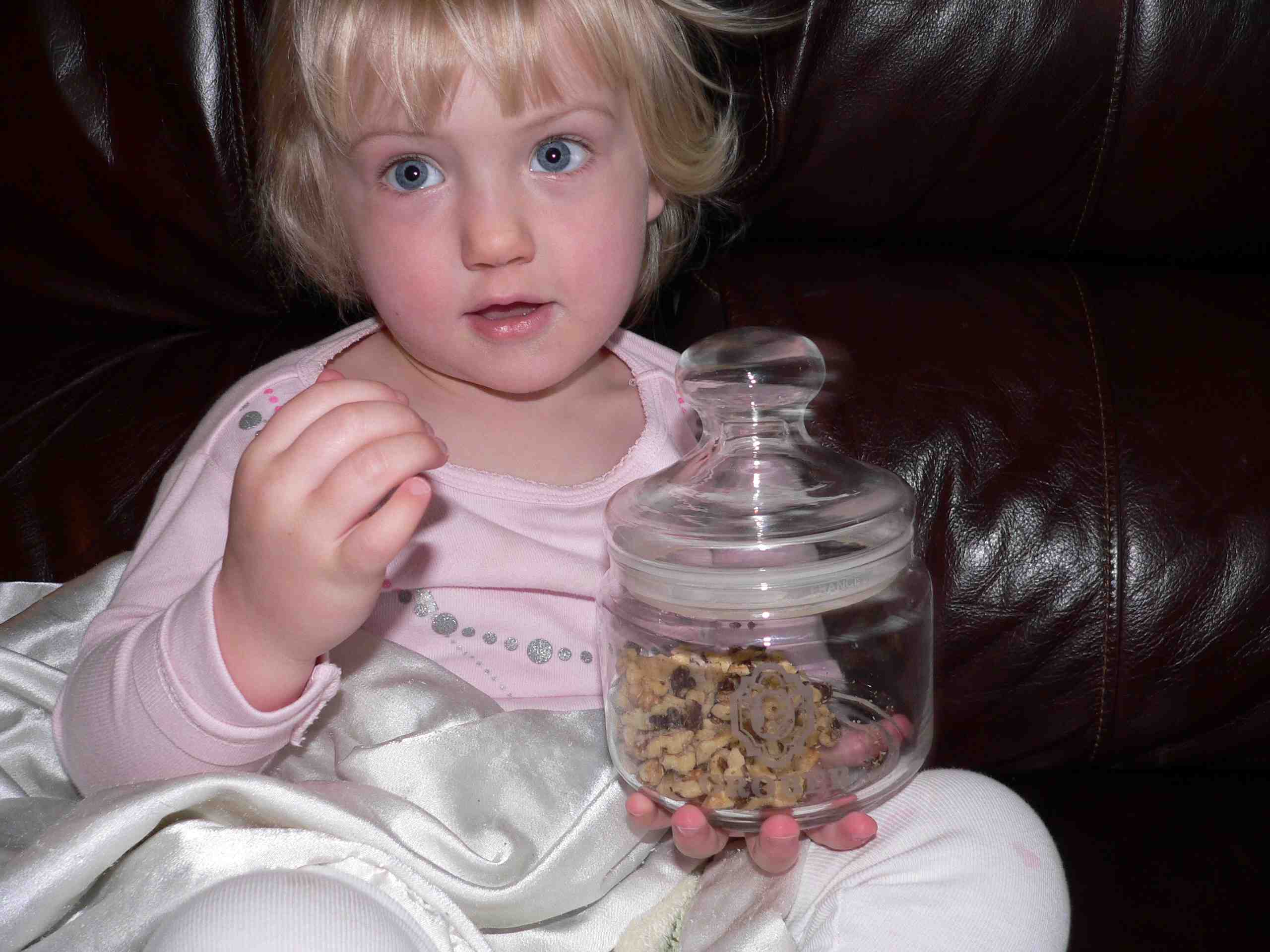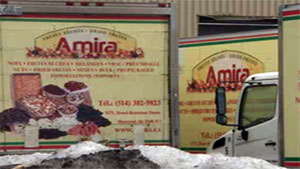
The food safety news from Germany continues to be disturbing. Below is a translation of a German article, so excuse any inaccuracies.
The killer germ called EHEC now appeared three lives: In Lower Saxony (Diepholz) passed away a woman (83). She was admitted nine days ago because of bloody diarrhea hospitalized and treated in hospital. The laboratory evidence of EHEC infection was positive. The woman died on Saturday. Investigations by the health department in the immediate death Diepholz also ongoing.
Meanwhile it was announced that a woman possibly died (25) to EHEC in Bremen. The young woman had shown the symptoms of EHEC pathogen, such as the Bremen health authority said. The EHEC pathogens had not been demonstrated so laboratory diagnosis. In Schleswig-Holstein, died in a 80-year-old woman infected. Whether the pathogen was the cause of death is still unclear.
In their search for the source of the infections with the dangerous intestinal bacteria EHEC is making the Frankfurt FDA. All 19 previously in the Main metropolis ill have eaten in the same canteen, a Frankfurt-based consultancy, said Bellinger Oswald from the Health Department. Two canteens of PWC Consulting had been closed on Monday as a precaution.
The fault is probably a loaded delivery to the canteen: "We assume that the source of infection is located in Northern Germany," said Bellinger. Currently, experts evaluated the delivery notes of the two affected canteens. "We still believe that the transfer has taken place through raw food." Safety reasons are investigated and the kitchen staff, results of samples are expected by the end of the week. As long as the canteens were closed.
More than 40 of these patients also suffered under the hemolytic-uremic syndrome (HUS), which is caused by the intestinal bacteria.

.jpg) The outbreak, thought to have been spread through contaminated vegetables, is unusual in that it has affected mainly adults.
The outbreak, thought to have been spread through contaminated vegetables, is unusual in that it has affected mainly adults. 
 the eatery run by Foods Forus Co, based in nearby Kanazawa.
the eatery run by Foods Forus Co, based in nearby Kanazawa..jpg) Press reported. The restaurant is run by Foods Forus Co, based in nearby Kanazawa.
Press reported. The restaurant is run by Foods Forus Co, based in nearby Kanazawa..jpeg) They included storing empty, baked pastry shells in cardboard boxes that formerly held trays of raw eggs. Tests later found evidence of salmonella in the boxes, probably from an infected egg that broke.
They included storing empty, baked pastry shells in cardboard boxes that formerly held trays of raw eggs. Tests later found evidence of salmonella in the boxes, probably from an infected egg that broke.
 say how many while fingering walnuts imported from California and imported by Amira Enterprises of St. Laurent, Quebec as the suspected source.
say how many while fingering walnuts imported from California and imported by Amira Enterprises of St. Laurent, Quebec as the suspected source..jpg) But then goes on to less emphatically state,
But then goes on to less emphatically state, even though none of the walnuts have tested positive. The investigation is going on and we are co-operating fully with the government to make sure that nobody gets sick."
even though none of the walnuts have tested positive. The investigation is going on and we are co-operating fully with the government to make sure that nobody gets sick." walnuts distributed by Quebec-based Amira Enterprises.
walnuts distributed by Quebec-based Amira Enterprises. commonality, including food, was identified, and all environmental samples (n = 24) were negative. In this localized non-foodborne outbreak, the place of likely infection was a local playground.
commonality, including food, was identified, and all environmental samples (n = 24) were negative. In this localized non-foodborne outbreak, the place of likely infection was a local playground.  to emergency in the kebab eatery type where the two women had eaten to conduct an inspection. "This revealed poor hygiene standards and many anomalies. The facility has been closed immediately for health reasons and as a precaution, especially since it is located near a school.”
to emergency in the kebab eatery type where the two women had eaten to conduct an inspection. "This revealed poor hygiene standards and many anomalies. The facility has been closed immediately for health reasons and as a precaution, especially since it is located near a school.”